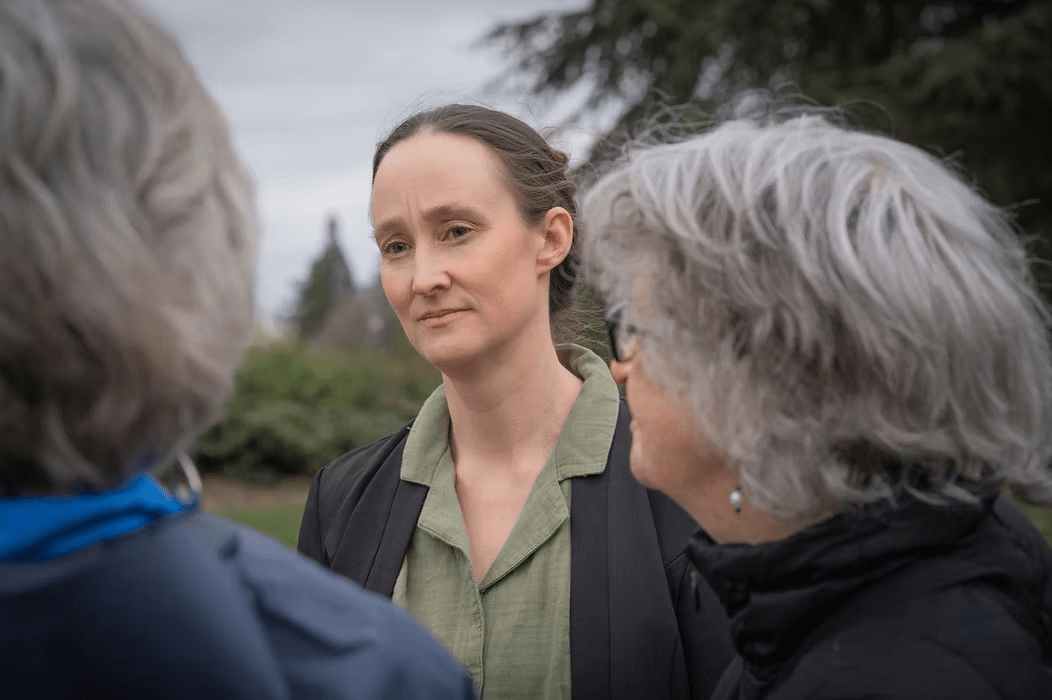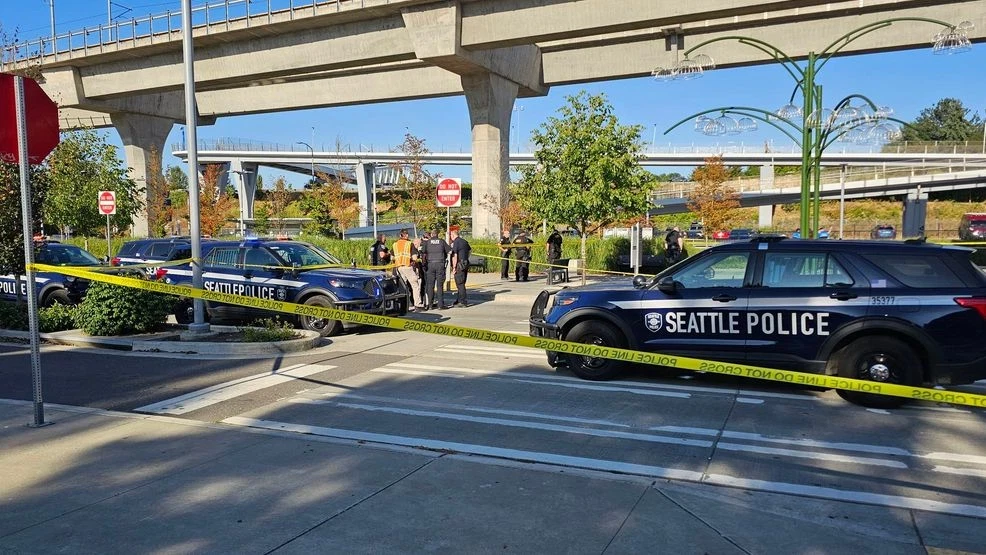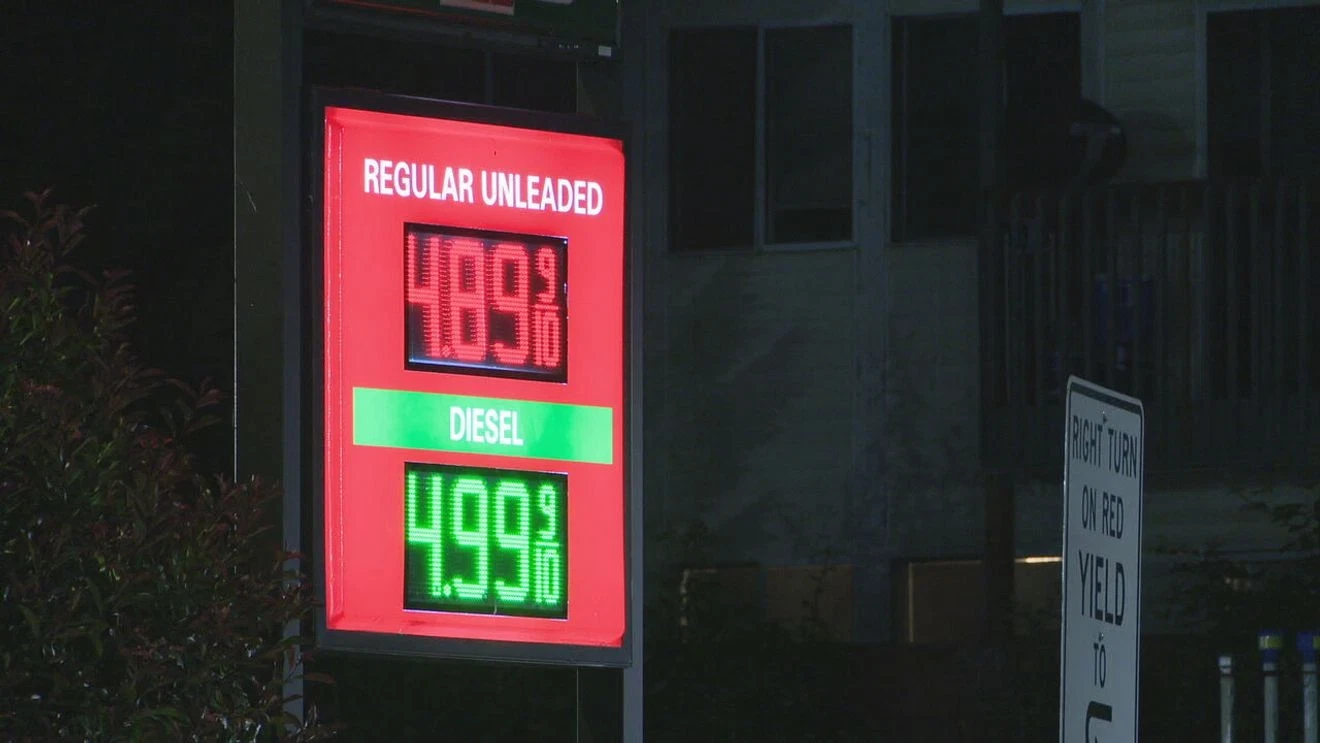Washington residents may soon be paying more for electricity, and lawmakers say federal policy changes are largely to blame. Senator Patty Murray and other state officials have pointed to the effects of the “One Big Beautiful Bill”—a sweeping legislative package that reduced federal spending on renewable energy—as a key driver behind the anticipated rate hikes.
A Long-Term Vision Undermined
Standing at the Denny Substation in Seattle’s South Lake Union, Washington State Commerce Director Joe Nguyen emphasized the importance of long-term planning in energy infrastructure. He explained that facilities like this one were designed with decades of regional growth in mind.
“If you plan for 10, 20, 30, 40 years, and then all of a sudden the federal government doesn’t come through with their end of the bargain, it puts all of that stuff at risk,” Nguyen said.
As cities continue to grow—both in population and vertical development—utilities must keep pace by upgrading aging infrastructure and building new capacity. However, the withdrawal of federal support leaves state and local agencies scrambling to fill the financial gap.
Rising Demand, Shrinking Margin
One major contributor to increasing electricity demand is the proliferation of AI data centers, which consume massive amounts of power. These facilities are beginning to tap into the region’s surplus electricity, tightening the margin for everyday users.
Compounding the issue is climate change. Washington has seen a rise in extreme heat events, which push local grids to their limits. When demand peaks, utilities often have no choice but to purchase electricity on the open market—at significantly higher prices.
Nguyen warns that if neighboring states like California face similar heat waves simultaneously, the West Coast could experience widespread brownouts or blackouts due to limited supply.
Federal Cuts Shift Burden to Consumers
Seattle City Light CEO Dawn Lindell confirmed that federal funding cuts are already having a direct effect on project costs. Key incentives—like grants and tax credits for renewable energy development—have been slashed, forcing utilities to fund projects out of pocket.
“We’ve had grant funding cut at the federal level. We’ve had tax credits cut at the federal level,” Lindell explained. “Those offset the price to build. So it is a direct impact on the cost of that energy.”
Without these offsets, building new capacity becomes more expensive. Added to that are rising costs from tariffs and persistent supply chain issues.
What This Means for You
Lindell said consumers should brace for “significant rate increases for probably the next 10 to 12 years.” This prediction isn’t isolated to Seattle—utilities across Washington state are facing similar financial pressures and may follow suit in raising rates.
While the U.S. Department of Energy did not respond to requests for comment, the message from local leaders is clear: without restored federal investment in energy infrastructure and renewable projects, the financial burden will continue to fall on the backs of consumers.

















Leave a Reply